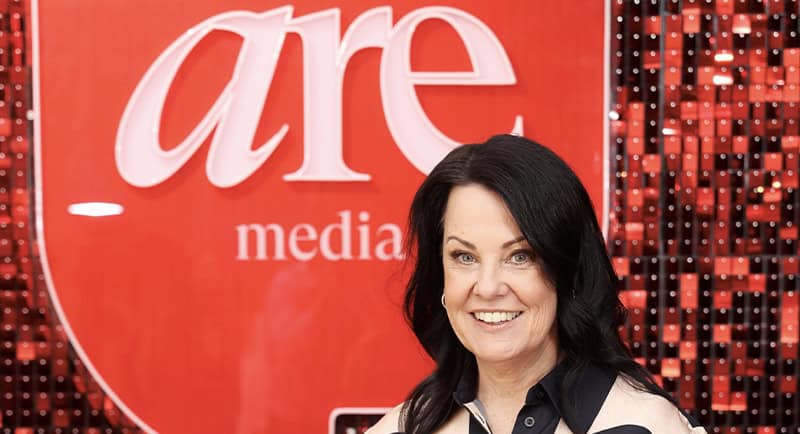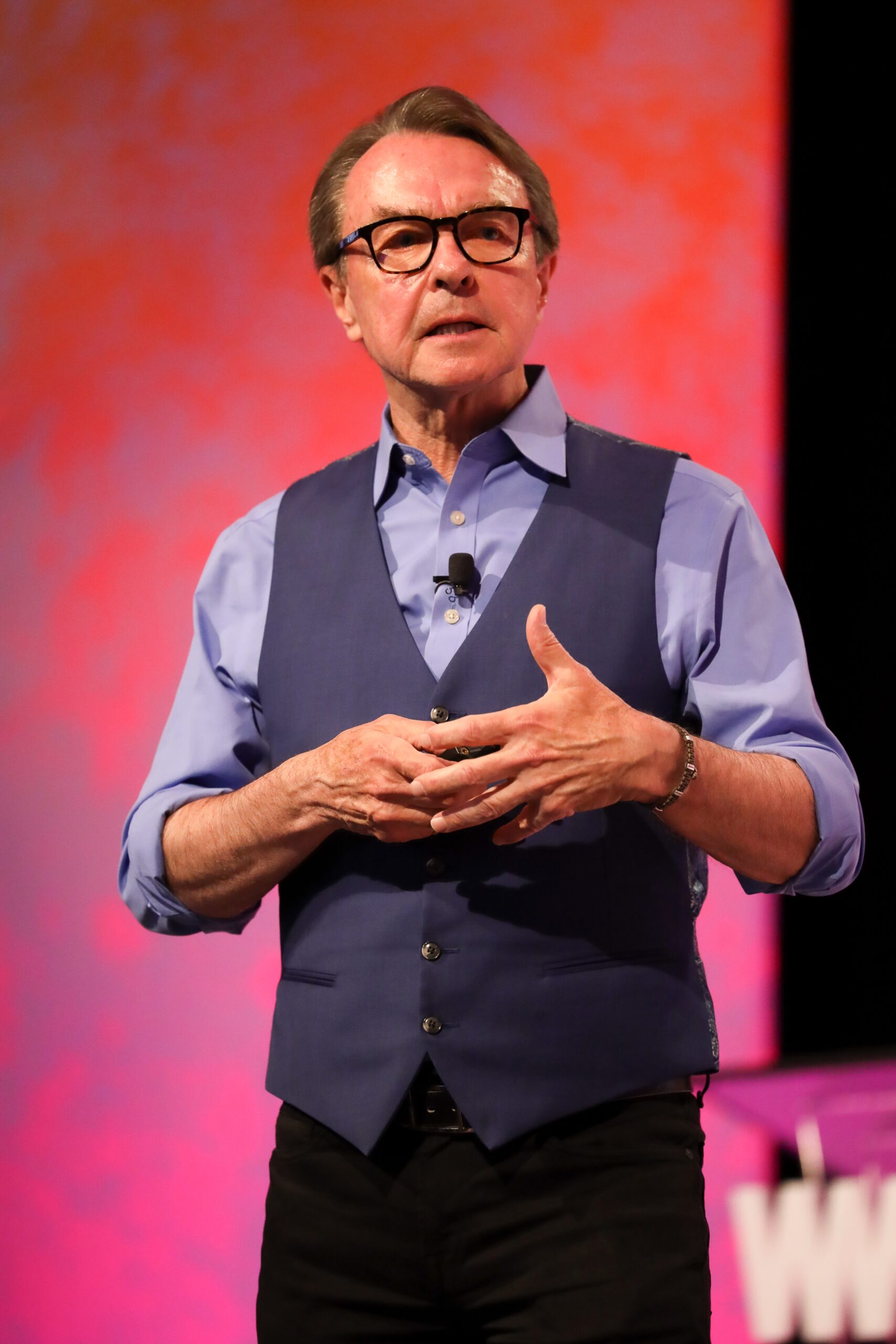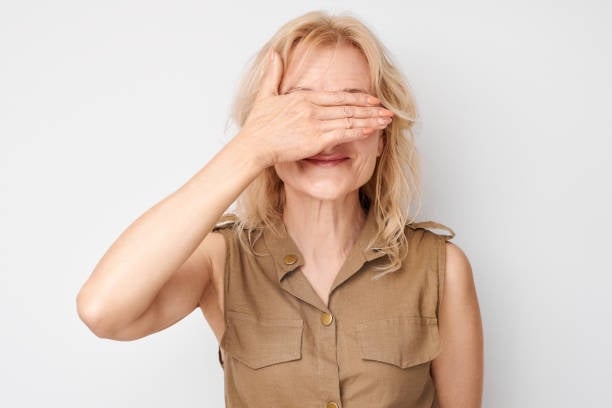During a panel session at SXSW Sydney, Are Media’s CEO Jane Huxley and Ogilvy ANZ’s chief strategist Fran Clayton argued the Australian marketing industry has an ageism problem, because different age groups still aren’t properly represented in ads.
“I think we have a massive blind spot,” Clayton said. “And it’s bad for business.”
Marketers are chasing cultural influence for their brands, which Clayton said is synonymous with Gen Z currently, rightly or wrongly, so every other generation is perceived to be culturally downstream from that cohort.
“And that’s the problem that we need to tackle, because the truth is, older Aussies are shaping culture, they are powerful, they are actually influential, and shaping markets and categories, not just through their opinions and their share, but through their purchase,” she explained. “So I think that’s the conversation that needs to shift.”

Why aren’t over 45’s prioritised in marketing?
Adding onto Clayton’s point, Huxley said women over the age of 45 control approximately 80% of the discretionary funding in Australia and New Zealand, which led her to question why this age group is not being prioritised in marketing.
“If the role of marketing is to sell products and services, why is it that they are not selling to the people who are able to buy?”
She continued: “Not only are we controlling most of the discretionary spend, but again, in the area of women where we specialise at Are Media, we’re controlling 80 to 85 per cent, and we are influencing probably another 15 to 17 per cent of that spending through our kids, our families, people we know.”
Yet, as Huxley pointed out, only around 2 per cent of advertisements in Australia carry representation of women older than 45.
“I don’t understand where the missing link is between marketing and money,” she said.
Clayton and Huxley were joined on the panel by US-based longevity expert Michael Clinton and moderator Shivani Maharaj, WPP Media’s chief creator officer. Together, they spoke about how even the concept of longevity has changed.

‘Embracing a new vitality’
“When we talk about longevity, we’re mostly making a leap directly to age,” Huxley said. “But actually, longevity isn’t that, we’re talking more about people who are embracing a new vitality.”
How this translates to marketing, she explained, is that people are looking for brands with purpose or brands that demonstrate values, that talk to audiences and build relationships over time, brands that talk about the facets of everyday life for older women like carer, mother, daughter, aunt, friend, wife.
“At any given time I am all of those people, all in this one longevity-orientated body. And all of that is just being denied by marketers and agencies,” she argued. “I think that complexity doesn’t really show up in a woman with grey hair wearing incontinence pads.”
Echoing Huxley’s sentiment, Clayton said brands that are showing up in their marketing are seeing significant commercial impact.
“Brands like Gap are doing this, allowing for the most incredible shows of self-expression and being comfortable in your own skin… I want to see a story like that in Australia.”

